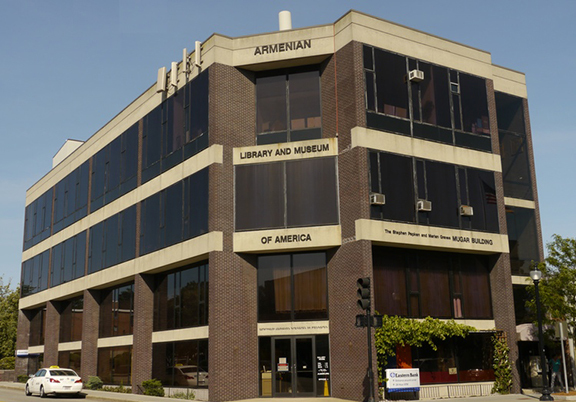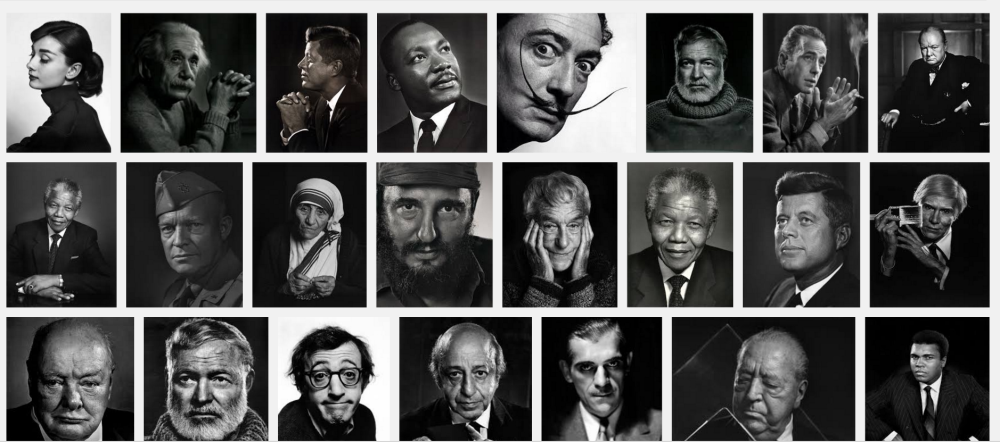So for those who may be unaware (I certainly was before I started working here), Armenia is a little country in the Middle East bordered by Turkey, Georgia, Iran and Azerbaijan (all of which have been getting copious news coverage of late). And guess what? The Kardashians are not the only Armenians in America!
Here are some fun Armenia facts that have nothing to do with the Kardashians (you know, in case it comes up at a trivia night or something):
Armenia is mainly known for being the first nation in the world to declare Christianity as its official religion.
Disciples Thaddeus and Bartholomew both took the Great Commission to Armenia as its first evangelizers and were also both martyred there, giving the Armenian church its apostolic identity
Its capital is Yerevan, and is also known as the pink city (named for the pink volcanic rock most of the buildings are made of)
Mount Ararat, the mountain where Noah’s Ark landed after the flood, is a national symbol for the country. Although the mountain officially became a part of Turkey in the 1920s, it still has a deep cultural significance to Armenians.
The Armenian Museum of America has a pretty substantial history of its own. In 1971, a group of Armenians in Eastern Massachusetts began gathering artifacts from their friends and neighbors in the community and started, what is today, the Armenian Museum, in the basement of a church in Belmont.
After eventually opening the collections to the public and then outgrowing the rented church basement, the Museum Board purchased a new space in 1988: a bank in the middle of Watertown, which is the center of one of the largest Armenian communities in America.
The Museum is five spacious floors of basement vault storage, exhibition and gallery space, and administrative offices. There are actually two other Armenian organizations (Project SAVE Photograph Archives and the Armenian International Women’s Association) with offices in the building mixed in among the galleries.
The main Museum that’s open to the public is on 3 floors: the first two floors are more "permanent" exhibitions, while the 3rd floor is almost exclusively dedicated to more contemporary Armenian artists and artwork.
The ‘Who Are the Armenians’ Exhibit is the very first thing you encounter when you walk in the front door (after the gift shop), which is super helpful since the majority of the Museum visitors are not Armenian and have little to no knowledge about the Armenian culture and history. It gives a great run-down of Armenian history, starting with the very beginnings of human civilization and the first Armenian kings, through the adoption of Christianity, the periods of conquering, incorporation and habitation by various empires like the Ottoman Turks and later Soviet Russia, the massacres and Genocide of the late 1800s and early 1900s at the hands of the Ottoman Empire, up to the country (the Republic of Armenia) winning its independence just 25 years ago, and modern Armenia.
Other exhibits on the first floor include the Bedoukian Gallery, which houses highlights from the Museum collections (which range from coins and metalwork, to ceramics and textiles), and the Karsh Gallery. Now, I definitely did not recognize the name Yousuf Karsh before I started working at the Museum, but if you’ve ever taken a history class, you’ve already been exposed to his work in one way or another:
Karsh was a Canadian-Armenian photographer who spent the beginning and end of his career in Boston and took *just a few* portraits of some of the most influential people of the 20th century. Some of his subjects that appear in the Armenian Museum’s gallery, donated by his wife Estrellita, include Ernest Hemingway, MLK, Albert Einstein, George Bernard Shaw, Walt Disney, Helen Keller, Eleanor Roosevelt, Winston Churchill, Mother Theresa, and Jacques Cousteau. And as you can see from my quick google image search above, that’s just the tip of the iceberg. He also photographed Dwight Eisenhower, JFK, the Queen of England, Salvador Dali, Castro, and many many others. Even if you’re not terribly interested in Armenian History in general (let’s be honest though, you should get interested), seeing a portion of this man’s work in person is absolutely astounding and worth a visit on its own.
The second floor’s only permanent exhibition is one on the Armenian Genocide. This mass extermination of 1.5 million people makes some think they may have missed something in high school history class. Don’t worry; you didn’t. They don’t teach it. The United States doesn’t even recognize this tragedy as genocide. The extensive timeline of the Genocide on the second floor will make up for everything you weren’t taught about it in school.
Other than the Genocide Exhibit, the second floor is also home to a number of rotating exhibits. One example, which is on rotation right now, is a new spin on a collection the Museum has had for a number of years: the Garabedian Metal Collection.
Like I mentioned earlier, the third floor gallery is dedicated almost exclusively to more contemporary artwork. Most of the time, the artwork is by Armenian artists, but for last May’s Genocide Commemoration event, we had 3 very special exhibitions made by and/or for women who have been affected by Genocide.
So there you have it! A little stateside slice of Armenia where I get to go and work every day. If you’re looking for more information on the Armenian Museum, you can go to the homepage of our website, our Facebook page, or keep checking back here as we add more to our blog!
This post originally appeared and is being used with permission from the Barn To Beantown Blog




